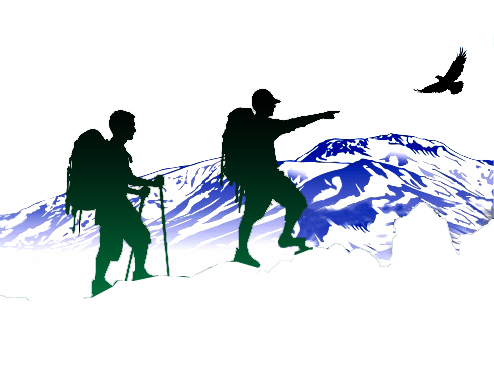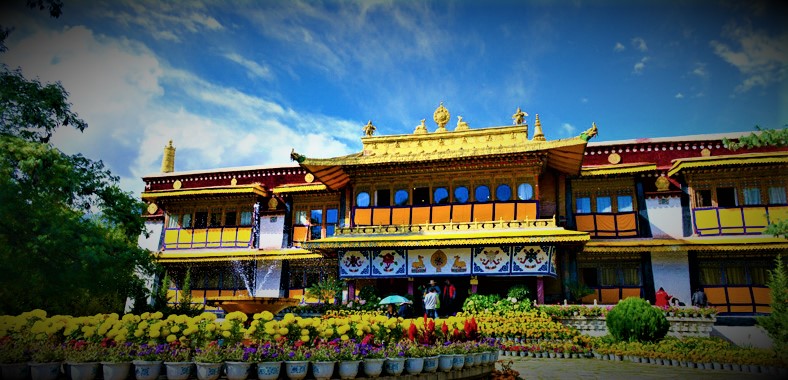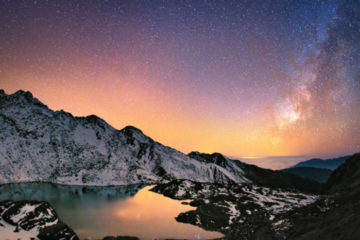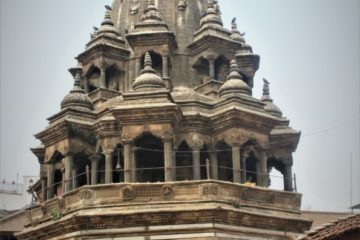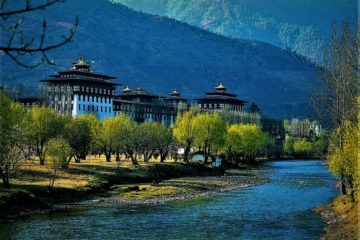Tibet Tour Information
Way to get in Tibet from nepal; follow the Arniko highway to Kodari, the only official border crossing from Nepal. You can’t officially enter Tibet from Nepal without a Tibet visa. You must also be part of an official organised tour. Rules are strictly enforced. You have no chance of getting in without the correct paperwork. If you are entering Nepal from Tibet, it’s best to set off early from khasa. If you plan to make kathmandu . Visas are easily available at Nepali immigration. Tibet is two hours and fifteen minutes ahead of Nepal. By the religious eyes Tibet is the complete Buddhism place and has carried very historical means of Buddhist religion.
The Tibetan Empire emerged in the 7th century. But with the fall of the empire the region soon divided into a variety of territories. The bulk of western and central Tibet was often at least nominally unified under a series of Tibetan governments in Lhasa, Shigatse, or nearby locations. These governments were at various times under Mongol and Chinese overlordship.Tibet contains two world heritage sites – the Potala Palace and Norbulingka. which were the residences of the Dalai Lama. Lhasa contains a number of significant temples and monasteries, including Jokhang and Ramoche Temple. Lhasa is Tibet’s traditional capital and the capital of Tibet Autonomous Region.
Historically, the population of Tibet consisted of primarily ethnic Tibetans and some other ethnic groups. According to tradition the original ancestors of the Tibetan people, as represented by the six red bands in the Tibetan flag, are: the Se, Mu, Dong, Tong, Dru and Ra. Religion is extremely important to the Tibetans and has a strong influence over all aspects of their lives. During China’s Cultural Revolution, nearly all Tibet’s monasteries were ransacked and destroyed by the Red Guards. A few monasteries have begun to rebuild since the 1980s with limited support
from the Chinese government and greater religious freedom has been granted – although it is still limited. Monks returned to monasteries across Tibet and monastic education resumed even though the number of monks imposed is strictly limited. Before the 1950s, between 10 and 20 percent of males in Tibet were monks.
